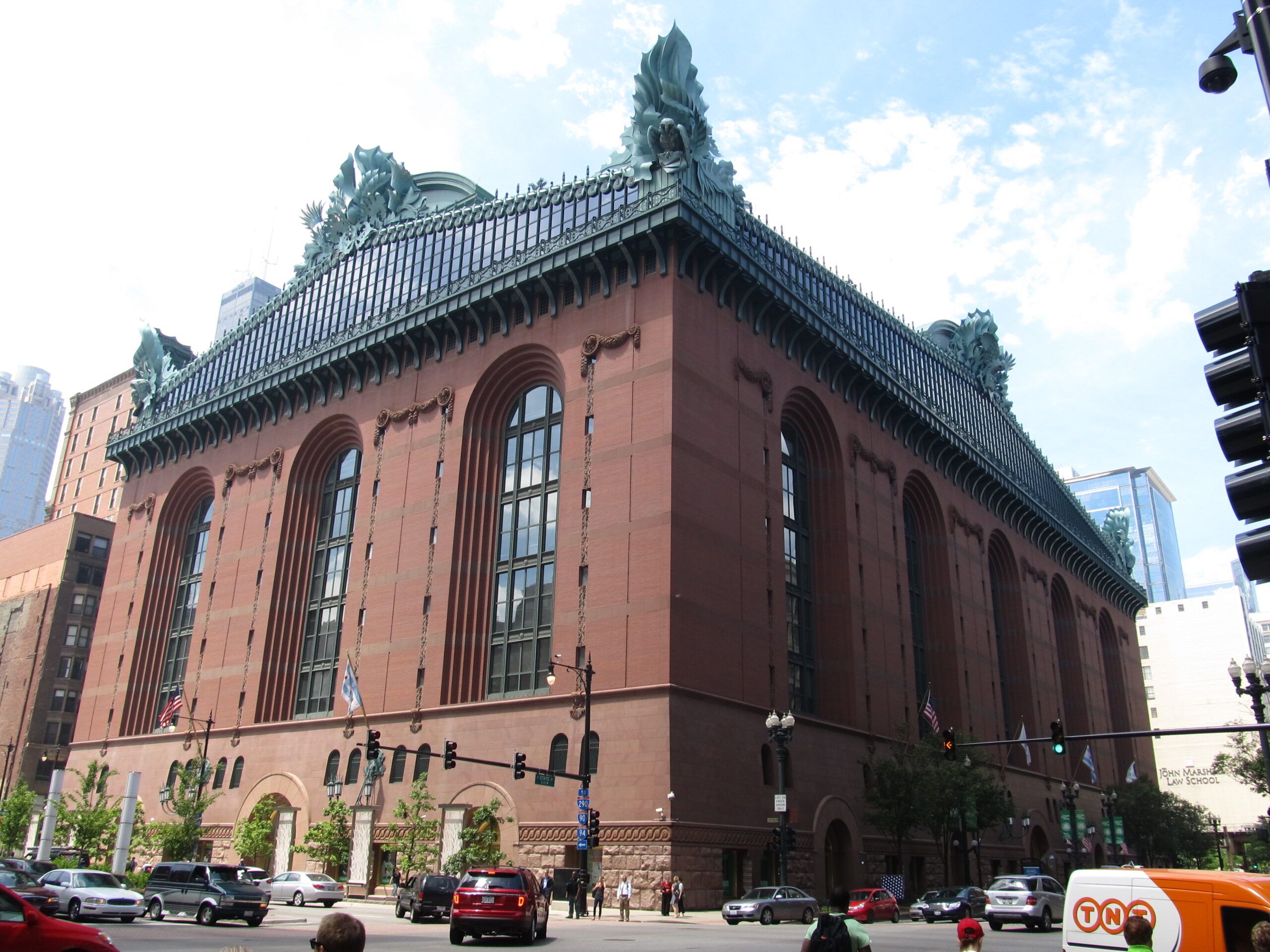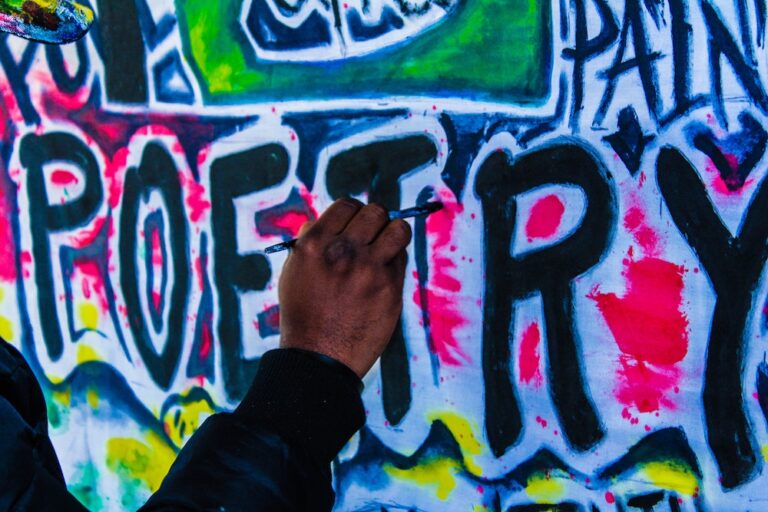Understanding the Tradition of Walking Moai
We’ve all felt it: the comforting presence of a friend beside us, turning a regular walk into something special. That burst of laughter, that shared secret, or that debate over the best coffee shop in town. Now, imagine multiplying that by a few more friends, all walking together, with a shared sense of purpose. That’s the magic of a Walking Moai.
Originating from Okinawa, Japan, the term “moai” translates to a heartwarming “meeting for a common purpose”. It’s more than just hanging out – it’s about belonging to a tribe, each step echoing with shared dreams and aspirations. And when it comes to walking, this sense of unity turns every journey into a festival of memories.
And it’s not just about the fun moments. When we walk with our pals, we’re not just burning calories, we’re sparking joy. A study from 2020 whispered a sweet secret: walking with friends makes you healthier, happier, and more motivated. It’s as if our bodies and minds instinctively know: life’s better when we’re together.
In today’s world, where loneliness sometimes sneaks up on us, Walking Moais are like a warm hug. They’re more than just a group – they’re a family. A circle where shared stories replace solitude and laughter keeps away the blues.
What’s even more magical is the transformation that happens when we walk, talk, and dream together. Those in the known “blue zones” have shown us the way. Walking isn’t just about movement; it’s about connecting, feeling, and living. A quick stroll can chase away stress, and brainstorming on the go? That’s where the best ideas are born!
So next time you’re lacing up your shoes, consider inviting a friend or two. Walk, chat, dream, and discover the world through the wonderful rhythm of shared footsteps. Whether you’re chasing health goals, seeking heartfelt conversations, or simply wanting a break from the daily grind – your tribe, your Walking Moai, awaits.





